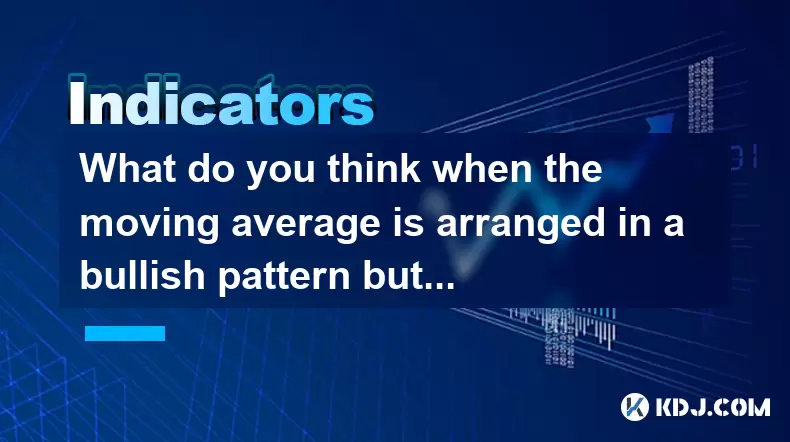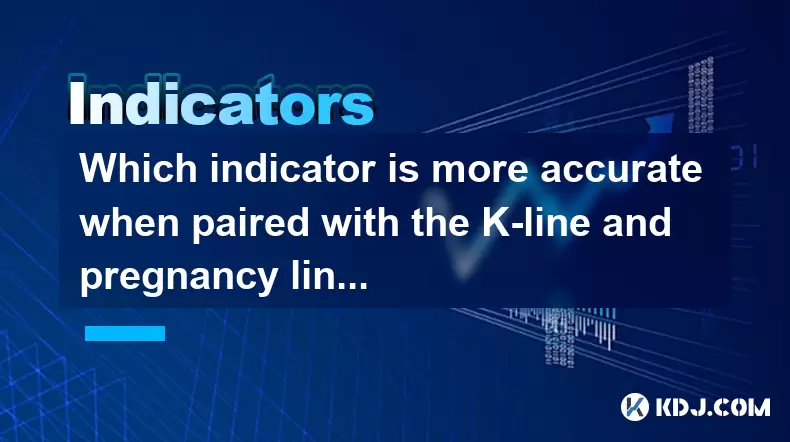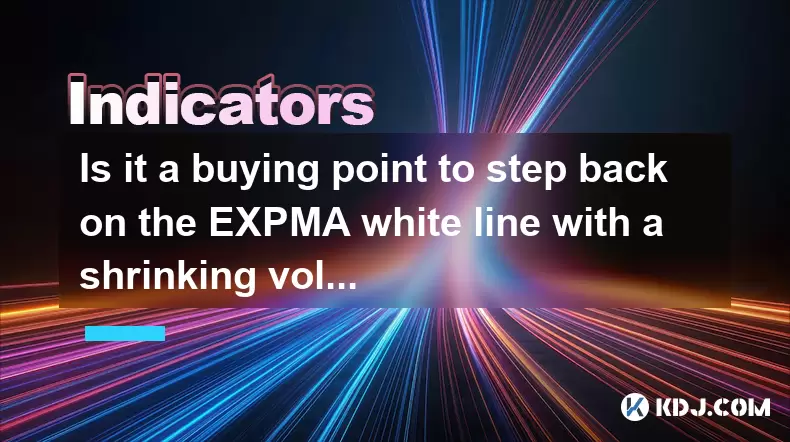-
 Bitcoin
Bitcoin $119300
1.07% -
 Ethereum
Ethereum $3730
3.87% -
 XRP
XRP $3.235
0.29% -
 Tether USDt
Tether USDt $1.000
0.00% -
 BNB
BNB $783.5
1.88% -
 Solana
Solana $188.7
0.25% -
 USDC
USDC $0.0000
-0.01% -
 Dogecoin
Dogecoin $0.2399
-0.44% -
 TRON
TRON $0.3157
2.37% -
 Cardano
Cardano $0.8254
1.94% -
 Hyperliquid
Hyperliquid $42.83
0.14% -
 Stellar
Stellar $0.4372
3.21% -
 Sui
Sui $3.859
4.91% -
 Chainlink
Chainlink $18.53
3.53% -
 Hedera
Hedera $0.2464
0.01% -
 Bitcoin Cash
Bitcoin Cash $519.8
2.46% -
 Avalanche
Avalanche $24.24
2.17% -
 Litecoin
Litecoin $113.7
0.73% -
 UNUS SED LEO
UNUS SED LEO $8.990
0.30% -
 Shiba Inu
Shiba Inu $0.00001390
0.21% -
 Toncoin
Toncoin $3.188
1.49% -
 Ethena USDe
Ethena USDe $1.001
0.02% -
 Polkadot
Polkadot $4.090
-0.91% -
 Uniswap
Uniswap $10.40
4.08% -
 Monero
Monero $326.6
3.12% -
 Bitget Token
Bitget Token $4.627
-0.42% -
 Pepe
Pepe $0.00001281
0.76% -
 Dai
Dai $1.000
0.01% -
 Aave
Aave $291.6
0.98% -
 Cronos
Cronos $0.1269
7.26%
What do you think when the moving average is arranged in a bullish pattern but the daily amplitude narrows to 1%?
A bullish moving average pattern paired with narrowing daily amplitude suggests potential trend continuation but requires caution due to possible indecision or pending catalysts.
Jun 29, 2025 at 03:15 am

Understanding the Bullish Moving Average Pattern
When traders refer to a bullish moving average pattern, they typically mean that short-term moving averages (such as the 10-day or 20-day) are positioned above longer-term ones (like the 50-day or 200-day). This configuration is often seen as a sign of positive momentum in price action. In cryptocurrency markets, where volatility is a defining characteristic, such patterns can be especially meaningful when analyzed alongside other technical indicators.
In most cases, a bullish alignment of moving averages suggests that buying pressure has been consistently stronger than selling pressure over time. Traders interpret this as a green flag for entering long positions or holding existing ones. However, this interpretation assumes that the market is still dynamic and responsive to underlying trends.
Bullish moving average convergence often signals that an uptrend may continue, but it doesn't guarantee immediate price surges.
The Significance of Daily Amplitude Narrowing
A narrowing daily amplitude—specifically to around 1%—can signal a significant shift in market behavior. In crypto trading, daily amplitudes are usually much wider due to the high volatility inherent in the asset class. A contraction to just 1% implies that buyers and sellers are reaching a temporary equilibrium, which could precede either a breakout or a continuation of the current trend.
This phenomenon is commonly observed before major news events, regulatory updates, or macroeconomic shifts. It’s also frequently seen after extended price moves, where traders take profits and hesitate to push further without confirmation.
Narrowing amplitude indicates reduced volatility, which can suggest consolidation or anticipation of a catalyst.
Combining the Two Signals: What Does It Mean?
The juxtaposition of a bullish moving average setup with a shrinking daily range raises several analytical questions. On one hand, the moving averages suggest strength and potential continuation of an uptrend. On the other, the tightening price action hints at indecision or hesitation among market participants.
This scenario might occur after a strong rally where the price has reached a psychological or technical resistance level. The bulls may still hold dominance based on the moving average positioning, but the lack of follow-through suggests that the next move could be either a breakout or a pullback depending on how the balance of power shifts.
- Market participants may be waiting for a trigger such as earnings reports, Fed statements, or exchange listings.
- Volume analysis becomes crucial during such phases to gauge whether accumulation or distribution is happening beneath the surface.
- Range-bound strategies like options or scalping may become more relevant if the narrow amplitude persists.
How to Interpret This Scenario in Cryptocurrency Markets
Cryptocurrencies tend to react differently to traditional technical setups due to their unique characteristics—high leverage availability, 24/7 trading, and sensitivity to social media sentiment. Therefore, interpreting a bullish moving average pattern with low daily amplitude requires additional layers of context.
For instance, if Bitcoin or Ethereum shows this pattern during a period of positive on-chain metrics (such as rising active addresses or decreasing exchange reserves), it may still support a bullish bias despite the quiet price action. Conversely, if negative news looms on the horizon—like regulatory scrutiny or exchange insolvencies—the consolidation phase could be masking an impending reversal.
On-chain data can provide critical insight into whether consolidation reflects strength or weakness.
Practical Steps for Traders Facing This Situation
Traders must approach this situation with caution and flexibility. Here are some actionable steps that can help navigate the uncertainty:
- Monitor volume changes closely—a sudden spike in volume during a narrow range can indicate imminent breakout activity.
- Use volatility filters such as Bollinger Bands or ATR (Average True Range) to assess whether the current consolidation is typical or anomalous.
- Observe order book depth—if large buy walls appear suddenly, it might signal institutional participation ahead of a move.
- Consider using options or futures contracts to hedge exposure or capitalize on expected volatility expansion.
- Set tight stop-loss orders in case the consolidation breaks down into a sharp retracement.
Frequently Asked Questions
Q: Can a bullish moving average pattern fail even when the daily amplitude narrows?
Yes, it's entirely possible. Technical indicators are not foolproof, and a narrowing amplitude can reflect waning momentum. If volume dries up and no new buyers enter, the bullish structure may collapse under profit-taking or negative news.
Q: How long should I wait before acting on a narrowing amplitude and bullish moving average setup?
There's no fixed timeframe. Some traders prefer to wait for a breakout beyond recent highs or lows, while others use time-based filters (e.g., three consecutive days of narrow range). Discipline in risk management is key.
Q: Should I ignore fundamental factors when analyzing this kind of technical pattern?
Absolutely not. Especially in cryptocurrency, fundamentals—such as network upgrades, regulatory developments, or macroeconomic conditions—can override technical signals. Always integrate both forms of analysis.
Q: Are there specific cryptocurrencies where this pattern tends to work better?
Smaller-cap altcoins may exhibit more erratic behavior, making this pattern less reliable. Larger, more liquid assets like BTC or ETH tend to respect technical levels more consistently, though exceptions exist.
Disclaimer:info@kdj.com
The information provided is not trading advice. kdj.com does not assume any responsibility for any investments made based on the information provided in this article. Cryptocurrencies are highly volatile and it is highly recommended that you invest with caution after thorough research!
If you believe that the content used on this website infringes your copyright, please contact us immediately (info@kdj.com) and we will delete it promptly.
- TRON, Crypto Payroll, and Stablecoins: A New York Minute on the Future of Finance
- 2025-07-25 08:30:11
- WazirX, Revote, and Crypto Unlock: A New York Minute on the Latest Developments
- 2025-07-25 06:50:11
- Hong Kong Stablecoin Regulation: Navigating the Hype and Hurdles
- 2025-07-25 08:30:11
- Bitcoin LTHs, CDD Ratio, and Distribution: What's the Deal?
- 2025-07-25 08:50:12
- Satoshi-Era Bitcoin Whale Awakens: $469 Million in BTC on the Move
- 2025-07-25 06:30:11
- TIA Tokens, Crypto Shift & Ripple Effect: What's the Deal?
- 2025-07-25 07:10:11
Related knowledge

Should I go all in when DIF crosses DEA?
Jul 25,2025 at 12:42am
Understanding DIF and DEA in MACD AnalysisWhen traders analyze DIF and DEA in the context of the Moving Average Convergence Divergence (MACD) indicato...

Should I go all in when the upper edge of the box is broken?
Jul 25,2025 at 01:50am
Understanding the 'Box' in Cryptocurrency Price ChartsThe term 'box' in cryptocurrency trading typically refers to a price consolidation range where t...

Should I go all in when the parabolic turning signal appears?
Jul 25,2025 at 06:36am
Understanding the Parabolic Turning Signal in Crypto TradingThe parabolic turning signal is a technical indicator derived from the Parabolic SAR (Stop...

Should I follow up with a full position when the trading volume suddenly increases?
Jul 25,2025 at 12:28am
Understanding Sudden Increases in Trading VolumeA sudden spike in trading volume often signals heightened market activity and can indicate that new in...

Which indicator is more accurate when paired with the K-line and pregnancy line combination?
Jul 25,2025 at 05:43am
Understanding the K-Line and Pregnancy Line CombinationThe K-line, also known as the Japanese candlestick chart, is a foundational tool in technical a...

Is it a buying point to step back on the EXPMA white line with a shrinking volume?
Jul 25,2025 at 08:56am
Understanding the EXPMA Indicator and Its White LineThe Exponential Moving Average (EXPMA) is a technical analysis tool widely used in cryptocurrency ...

Should I go all in when DIF crosses DEA?
Jul 25,2025 at 12:42am
Understanding DIF and DEA in MACD AnalysisWhen traders analyze DIF and DEA in the context of the Moving Average Convergence Divergence (MACD) indicato...

Should I go all in when the upper edge of the box is broken?
Jul 25,2025 at 01:50am
Understanding the 'Box' in Cryptocurrency Price ChartsThe term 'box' in cryptocurrency trading typically refers to a price consolidation range where t...

Should I go all in when the parabolic turning signal appears?
Jul 25,2025 at 06:36am
Understanding the Parabolic Turning Signal in Crypto TradingThe parabolic turning signal is a technical indicator derived from the Parabolic SAR (Stop...

Should I follow up with a full position when the trading volume suddenly increases?
Jul 25,2025 at 12:28am
Understanding Sudden Increases in Trading VolumeA sudden spike in trading volume often signals heightened market activity and can indicate that new in...

Which indicator is more accurate when paired with the K-line and pregnancy line combination?
Jul 25,2025 at 05:43am
Understanding the K-Line and Pregnancy Line CombinationThe K-line, also known as the Japanese candlestick chart, is a foundational tool in technical a...

Is it a buying point to step back on the EXPMA white line with a shrinking volume?
Jul 25,2025 at 08:56am
Understanding the EXPMA Indicator and Its White LineThe Exponential Moving Average (EXPMA) is a technical analysis tool widely used in cryptocurrency ...
See all articles

























































































